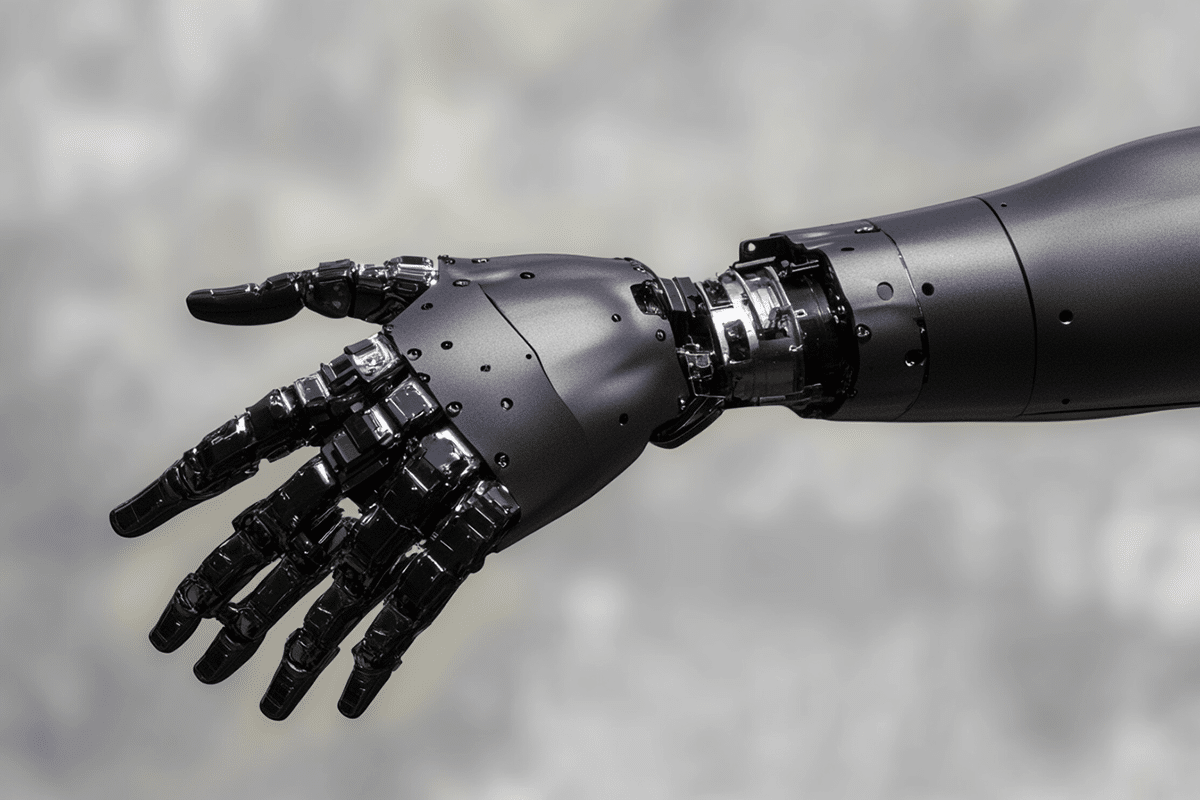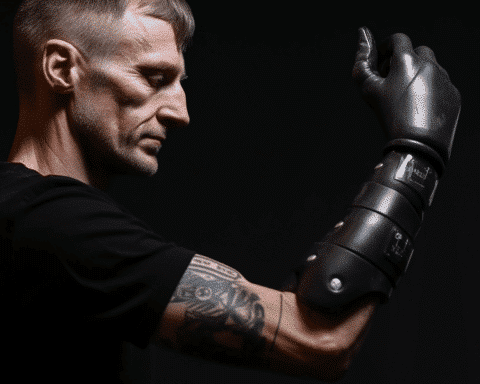In a remarkable advancement in prosthetic technology, researchers in Italy have introduced a robotic hand that is controlled by magnets rather than traditional wires or electrical cables. This innovative device allows the user to direct finger movements using only the power of their mind, creating new possibilities for those who have lost limbs.
The technology was recently tested by Daniel, a 34-year-old man who lost his left hand in September 2022. Following his amputation, Daniel became an ideal candidate for the new prosthetic hand because he retained control over the muscles that once moved the fingers in his lost hand. Additionally, he continued to experience phantom sensations, where he felt his missing hand as though it were still there, a phenomenon common among amputees.
The robotic hand, named the Mia Hand, was developed by Prensilia and mounted on a carbon fiber socket that houses all its electrical systems. While advanced, the most unique feature of the device lies in its magnetic control system. In April 2023, six small magnets were surgically implanted into Daniel’s forearm muscles. These magnets were carefully positioned to ensure that their magnetic fields all pointed in the same direction, allowing for smooth and precise control of the prosthetic.
The core of this groundbreaking technology is known as myokinetic control. As Daniel’s muscles contract, the magnets within his arm shift, and these movements are detected and converted into commands that control the hand’s actions. The result is an intuitive interface where muscle movements translate directly into hand functions, making it possible for Daniel to control the hand as though it were his own.
During the six-week test period, Daniel demonstrated impressive control over the robotic hand, performing tasks that require a high level of coordination and fine motor skills. He was able to open jars, zip up clothing, and even cut food with a knife, tasks that many take for granted but can be immensely challenging for amputees. Beyond these achievements, Daniel was also able to adjust the strength of his grip, allowing him to handle delicate or breakable objects with care.
This level of fine motor control is a significant step forward in prosthetic development. The ability to modify the force applied by the hand offers amputees greater versatility in their everyday activities, which has been a longstanding challenge in prosthetic technology.
The researchers behind the project are optimistic about the future of this innovation. With the success of Daniel’s trial, they are preparing to extend the technology to a broader range of amputees, potentially revolutionizing the field of prosthetics. The long-term goal is to improve the sensation and control that amputees experience with their prosthetic limbs, moving closer to a reality where prosthetic limbs can function almost as seamlessly as biological ones.
Advancements like the magnetically controlled hand mark a turning point in prosthetics. From the earliest attempts at limb replacements to today’s bionic creations, scientists have made great strides in improving movement and control. This new magnet-based system demonstrates that even greater precision and functionality are possible, enhancing the quality of life for those who have lost limbs.
The work conducted by the research team has already made a significant impact. They view the development of this technology not only as a scientific achievement but also as a way to improve the lives of amputees. For the researchers, seeing the years of research materialize into a functional solution for individuals like Daniel is an emotional and motivating milestone.
As research in the field of prosthetics continues to evolve, this magnetically controlled hand may pave the way for future innovations, bringing hope and new possibilities to amputees around the world.


